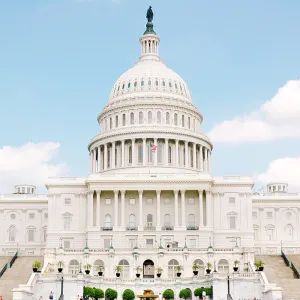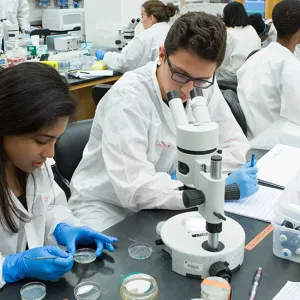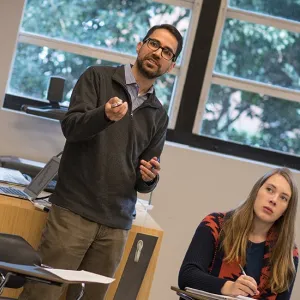The Association of American Universities (AAU), which represents leading research universities, today published a report on the many actions its members are taking to combat sexual misconduct on their campuses. The report, based on the results of a new review of campus programs, shows that the universities are strengthening policies, programs, and other initiatives to address the issue. The report provides dozens of concrete examples of universities’ programs and approaches, as well as more extensive stories about individual campus efforts.
“Our report clearly demonstrates that university leaders understand the seriousness of this issue,” said AAU President Mary Sue Coleman. “We hope the stories and resources in this report will be useful not only to AAU universities but to all colleges and universities as we work to reduce sexual assault and misconduct on our campuses.”
A few key findings are:
- Over the last three academic years, all 55 institutions that responded to the survey have developed, redefined, or enhanced programs to assist victims of sexual assault and misconduct.
- 100% of responding institutions have surveyed students on issues related to sexual assault and misconduct at least once since 2013.
- 87% (48/55) of responding institutions indicated that surveys or data from surveys stimulated new or changed existing conversations with students about sexual assault and misconduct.
- Over the last three academic years, 100% of responding institutions have changed or are in the process of changing their education and training for students and faculty.
- Over the last three academic years, 84% (46/55) of institutions have developed new programs, education, or interventions for specific student populations or types of students.
Also, nearly all the universities reported increasing personnel, funding, and other resources over the last three academic years devoted to three areas: victim support, student training, and/or faculty and staff training. Institutions also highlighted ways they are ensuring that adjudication processes are fair to both victims and students accused of committing violations (respondents).
Most campuses are making significant efforts to encourage bystanders to intervene when they witness circumstances in which sexual assault or sexual misconduct seems like a potential outcome. They are stepping up training and education efforts by, for example, requiring that students take a class or watch a video that encourages bystanders to act, and by reminding students at campus events of the responsibility to act when they are bystanders to potential sexual misconduct.
“AAU comprises 62 distinguished institutions that continually advance society through education, research, and discovery,” Coleman wrote in her letter accompanying the report. “Part of AAU’s mission is to help our universities enhance undergraduate and graduate education. It is in that spirit that we conducted the 2015 survey to help universities understand the extent of the problem on their campuses, and this new survey to share examples of how institutions are addressing the many aspects of this complex societal challenge.”
The survey results also show that about one-third of the universities are working with students to better understand and address what the report called a “particularly disturbing” result of the 2015 AAU climate survey: that more than 50 percent of the victims of even the most serious incidents say they do not report the event because they do not consider it “serious enough.”
The report follows up on the AAU Campus Climate Survey on Sexual Assault and Sexual Misconduct, a landmark comprehensive campus climate survey conducted by AAU among 150,000 students in 2015.



